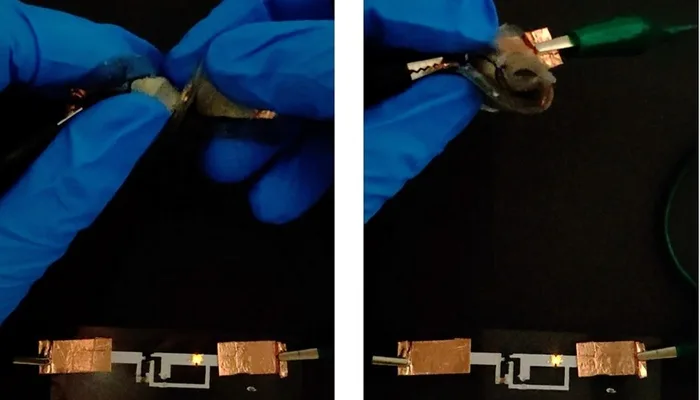Moon’s Surface Still Active: New Ridges Reveal Lunar Tectonics

New research suggests the moon is not as dormant as once believed. Scientists have discovered recent lunar tectonics, challenging the long-standing assumption that the moon’s surface has remained unchanged for billions of years.
New Evidence of Lunar Activity
For decades, researchers thought the moon’s geological activity ended billions of years ago. Large ridges on the near side,, formed by ancient volcanic activity, suggested that the lunar surface had undergone significant compression long ago.
However, a new study challenges this idea. Scientists from the Smithsonian Institution and the University of Maryland have identified small, young ridges on the far side of the moon. These ridges, found in volcanic regions, indicate that the moon’s surface is still evolving. Their findings, published in The Planetary Science Journal on January 21, 2025, suggest the moon may still be experiencing tectonic shifts.
Recent Tectonic Movements
Scientists previously believed most lunar geological changes occurred 2.5 to 3 billion years ago. However, Jaclyn Clark, a research scientist at the University of Maryland, states that these newly discovered mare ridges formed within the last 200 million years.
“These landforms have been recently active and may still be shifting today,” Clark explained. This means the moon’s tectonic activity is far more recent than previously assumed.
Mapping the Moon’s Hidden Ridges
Using advanced mapping and modeling, researchers discovered 266 previously unknown ridges on the moon’s far side. These small ridges, often appearing in clusters of 10 to 40, are located in volcanic regions that formed 3.2 to 3.6 billion years ago.
The study suggests that these ridges developed in narrow zones of weakness beneath the lunar surface. Researchers used crater counting, a technique that estimates surface age based on impact craters, to determine that these ridges are younger than surrounding features.
Read: DeepSeek’s AI Breakthrough: A Threat to Nvidia’s Dominance?
Dating the Moon’s Tectonic Changes
Clark explains that crater counting provides a reliable method for dating lunar surfaces. “A surface with more craters is older, as it has had more time to accumulate impacts,” she said.
By counting craters around the ridges and analyzing their interaction with existing impact craters, researchers concluded that the moon has been tectonically active within the last 160 million years.
Interestingly, the ridges on the far side resemble those found on the near side, suggesting they were formed by the same forces—possibly the moon’s gradual shrinking and shifts in its orbit. The Apollo missions detected shallow moonquakes decades ago, and this new study indicates that the ridges may be linked to ongoing seismic activity.
Impact on Future Moon Missions
Understanding the moon’s shifting surface is crucial for future lunar exploration. If the moon is still active, landing sites for astronauts, equipment, and infrastructure must be carefully planned.
“We hope future missions include ground-penetrating radar,” Clark said. “This will help researchers understand what lies beneath the lunar surface.”
These findings reshape how scientists view the moon’s geological evolution and could influence the placement of future lunar bases and exploration sites. As research continues, the moon’s dynamic surface may hold even more surprises.
Follow us on Google News, Instagram, YouTube, Facebook,Whats App, and TikTok for latest updates
















